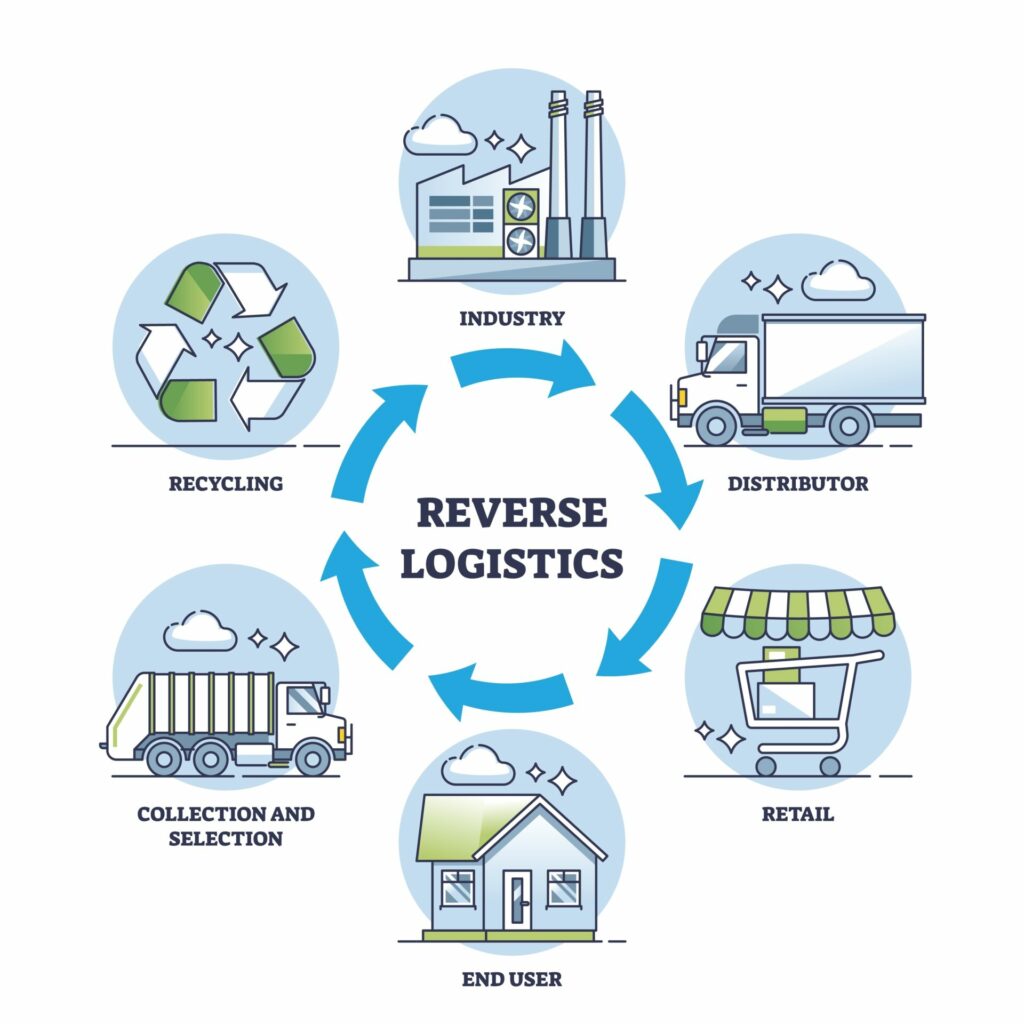It’s an open secret that retailers really dislike returns. Returns represent lost revenue, dead stock, and even fraudulent behavior – none of which are helpful to your business.
But is this true in practice? Are returns really as harmful as they appear to be?
When we start looking into the impact of returns, there are plenty of scary stats out there. It’s estimated that 13.3% of the total merchandise sold during the 2020 holiday season ended up being returned – totaling almost $101 billion in revenue.
But this isn’t quite the full story. In a recent interview with eMarketer, Charlotte Monk-Chipman of returns management platform ReBOUND stated that contrary to what many retailers believe, serial returners are actually some of a business’s most profitable customers.
Yes, you read that right. The more a customer returns, the more revenue they’re generating for your business

Let’s say that Customer 1 buys eight items and chooses to return five. This leaves three items that they want to keep. If this happens four or five times a year, that’s a lot of recurring revenue.
Meanwhile, Customer 2 buys three items and returns none of them. But for whatever reason, they choose not to shop with your brand again. So, while your business hasn’t lost revenue, the cost of acquiring that one-time customer is high.
So, while your customers might return frequently, their lifetime value to your business more than makes up for the cost of returns. If your return process is optimized for the best outcomes, this instills repeat purchasing behavior and high levels of customer loyalty. A striking 95% of customers say they will shop again with a retailer if their returns experience was positive.
So, how can you create an optimized return strategy that encourages your customers to engage in positive return behaviors?
Have a generous return policy
A returns policy that enables no-questions-asked returns is the key to reassuring customers that the return process will go smoothly. Over half of US consumers say they won’t shop with an online seller that doesn’t offer a free and easy returns process. Meanwhile, a further 49% will check a merchant’s return policy before making a purchase.
So, what does a generous return policy look like?
● Long return windows
● Full refunds (not just store credit or exchanges)
● Swift processing
● Return shipping
If you want your return policy to be a key selling point, you need to make it easy for your customers to find. Your return policy should be placed on a prominent part of your website, such as the footer or main navigation, so you can easily link to it through social media or live chat.
In-store returns

While purchasing items online is the hallmark of convenience, the online return process certainly isn’t.
Whether it’s having to source return packaging or finding the time to drop a parcel at the post office, there are multiple points of friction that add up to a negative returns experience – one that could easily persuade a customer not to shop with your brand again.
BORIS (Buy Online, Return In-Store) offers your customers a much faster, more efficient way to return items and receive refunds. This is why 62% of customers say they’re more likely to purchase a product online if they can return it in-store.
But not only that; in-store returns are a valuable opportunity to turn those returns into exchanges or upsells. Omnichannel retailing practices like in-store returns result in an 80% higher rate of incremental store visits due to giving customers more reasons to come in store.
So by making returns easier, in-store returns actually be a source of revenue for your business.




